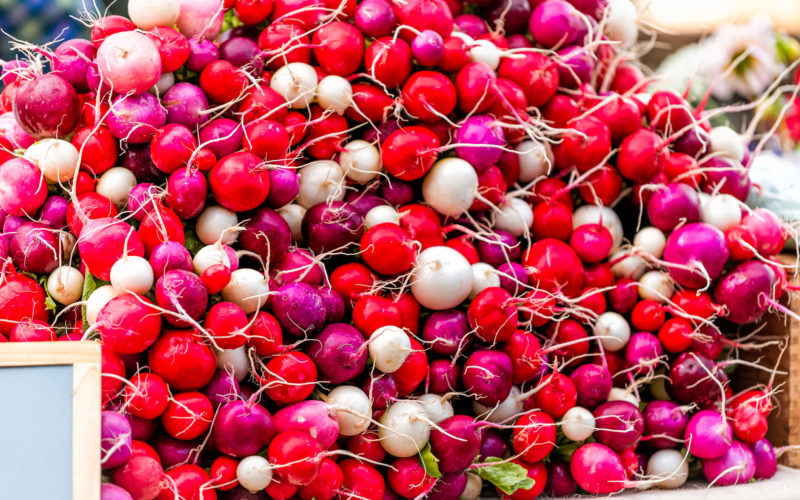Seasonal Tips for Gardening Across the State
Colorado is the eighth largest state, which means it contains a variety of topographies and climates. We have a wide range of plant hardiness zones, from zone 3 (the coldest growing zone) to zone 7. There is no “one size fits all” spring planting guide for a state with alpine forests, deep canyons, sand dune deserts, and high plains.
Knowing your zone is a great starting point. Most seed packets and nursery catalogues will offer planting-per-zone guidance. You can also plant according to your frost dates.
Colorado’s soil is often salty and full of clay. Growers should steer clear of high-sodium animal manure and opt for plant-based fertilizer instead. Early spring is a great time to test your soil through Colorado State’s Extension Services. Do this at least once every three years so that you can compensate for any nutrient imbalances. Gardening in Colorado usually requires the fastest-growing, most weather-hardy variety of any vegetable.
Colorado Planting Zones
Zone 3: Near Aspen
Zone 3 has the shortest growing season. The last frost may not occur till the second week of June, and it can dip below freezing again as early as mid-September. You must start many vegetables as indoor seedlings in March and April. Carrots, turnips, and onions can be started from seed outdoors in mid-May. Plant potatoes outdoors in early June. Plant beets, bell peppers, beans, and corn the second week of June. Want a more complete guide? Check out the recommendations in The Old Farmer’s Almanac.
Zone 4: Steamboat Springs, Yampa Valley & Parts of Northern Colorado
Zone 4 may also see frost till late May, with temps dipping again in late September. In April, start seedlings for broccoli, beets, carrots, brussels sprouts, onions, peas, and spinach indoors. In late May, you can move them outside. Peppers, tomatoes, and other leafy greens can be planted from seed in June. Plant beans, corn, cucumber, squash, and cauliflower in July. In August, plant beets, carrots, and leafy greens for a second growing season.
Zone 5: Throughout the State, including Denver, Fort Collins, Durango & the Southeast
Zone 5 historically has frost till mid-May. Carrots, peas, spinach, and onions can be started from seed outdoors in late April, and radishes can be started in early April. Turnips, beets, and parsnips can be started from seed in mid-to-late May. As in Zone 4, some vegetables get a second season in August. You can find more information here and here.
Zone 6: Southwest Colorado (Parts of Mesa County & Farther South)
Zone 6 has frost until the end of April and not again until the end of October. Beets, broccoli, cauliflower, kale, lettuce, peas, and spinach can be planted from seed outdoors in April. Start tomatoes indoors in March and transplant them in June. Plant carrots and onions outdoors in May. Peppers, corn, cucumber, and squash can be planted from seed in June. In July, it’s time for cabbage and Brussels sprouts. This Zone gets a second beets, broccoli, and spinach season in August, and a second carrots, kale, lettuce, and peas season in September.
Zone 7: Grand Junction & Southwestern Sliver of the State
Zone 7 is the longest growing season in the state, with the reasonable expectation of frost-free days from between April 15 to November 15. Growers can begin planting seeds outdoors as early as March, for beets, broccoli, cabbage, and peas. Plant carrots, cauliflower, kale, lettuce, and spinach outdoors in April. Plant onions, peppers, and tomatoes in May. Beans, Brussels sprouts, corn, and cucumbers go in the ground in June, and squash in July. Early crops have a second season in September.
Grow with Colorado Farm Bureau Insurance
Whether you have a small backyard garden or a commercial farming operation, our insurance agents can write policies that protect your property and your life. Learn more by contacting one of our local agents.

